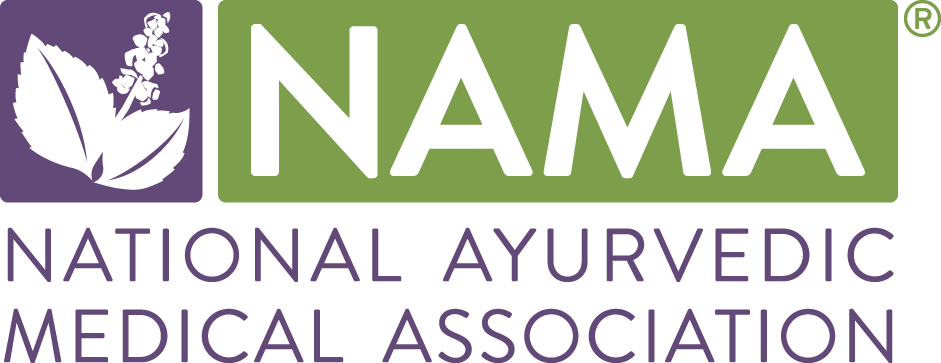By Paula A. Witt-Enderby, Ph.D., CAHC
When new graduates think about preparing for the National Ayurvedic Medical Association Certification Board (NAMACB) exam, they probably become nervous as I was when I was getting ready for mine. We dread studying. We have doubts about our mastery of the subject matter. We wonder why we’re doing this.
It’s perfectly normal to feel this way. When nearing the end of my health counselor training in May 2017 at the Kripalu School of Ayurveda, I wondered if I was prepared enough to pass the boards. I wasn’t sure when I should take the boards—I didn’t want to take them before I had studied sufficiently, but I also didn’t want to wait too long for fear that I would have trouble recalling all that I learned during my training.
Nevertheless, I took the boards soon after graduating because I recognized their importance. The NAMACB boards play a critical role in standardizing training from the different schools of Ayurveda, lending credibility to our field, and ensuring that each of us emerges from our respective training programs as a truly competent Ayurvedic professional.
From everything I now know after a year and a half in practice, I can say without a doubt that preparing for and taking the boards has given me confidence in my counseling skills and lent credibility to my services as a certified Ayurvedic health counselor. I proudly display my NAMACB-recognized Ayurvedic health counselor insignia on my business cards, on my website, and in any informational brochures or presentations that accompany my workshops.
Getting ready for the boards by reviewing the study guides prepared by NAMACB and posted on its website helped me untangle many of the complexities of our field: I gained a clearer understanding of how to place the philosophy and history of Ayurveda in the proper context, what the 25 principles of samkhyaare and how they form the entire basis of Ayurveda, and how to differentiate between interrelated yet distinct Ayurvedic concepts such as the following:
The goals of Ayurveda (maintain the health of the healthy and cure the sick)
The three pillars of Ayurveda (diet [ahara], lifestyle [vihara], and herbs [auśadha])
The three pillars of health (diet [ahara], sleep [nidra], and energy conservation [bramacharya])
Ayus(body, mind, senses, soul)
The three causes of disease (misuse of the senses [asatmyendriyartha samyoga], crime of the intellect [prajnaparadha], and temporal factors [parinama])
The study guides helped not only clarify the six schools of philosophy and their main principles—areas that I had trouble synthesizing during my training—but also deepened my understanding of the characteristics and symptoms associated with amaand low ojasby dosha(vata, pitta, kapha) and by system (digestive, musculoskeletal, nervous, general) as they relate to imbalances in the mind and body.
Equally important, studying these guides helped realize what I didn’t know, sending me back to my class notes, training handbooks, or Dr. Lad’s textbooks to fill the gaps in my knowledge. The preparation process also forced me to memorize all the relevant details about herbs—their Sanskrit name, classification by genus and species, indications, contraindications, qualities, etc.
As a professor for 23 years in a pharmacy school and coming from a discipline where testing, certification, and licensure are routine steps to a successful career as a healthcare professional, I want to reassure every examinee that the high quality of our Ayurvedic training ensures that we gain the competence required to complete a similar path to professional credibility.
No doubt your training was as rigorous as mine and your teachers, like mine, did a brilliant job of infusing your training with the essence of Ayurveda as it was conceived in classic texts and passed down in words, mantras, songs, and writing exercises and presented you with enough case scenarios from their diverse backgrounds and broad and deep experience to enable you to not only pass the boards but also achieve excellence as Ayurvedic professionals.
We were led to Ayurveda for a reason. We are lucky to have been given this ancient wisdom. May we all trust in ourselves as our teachers and the Ayurvedic community trust in us!
About the Author
Dr. Paula Witt-Enderby, Ph.D., CAHC is a Professor of Pharmacology and Toxicology, NIH-funded melatonin research scientist and Board Certified Ayurvedic Health Counselor. She blends Western and Eastern medicine into her research on bone and breast cancer.


